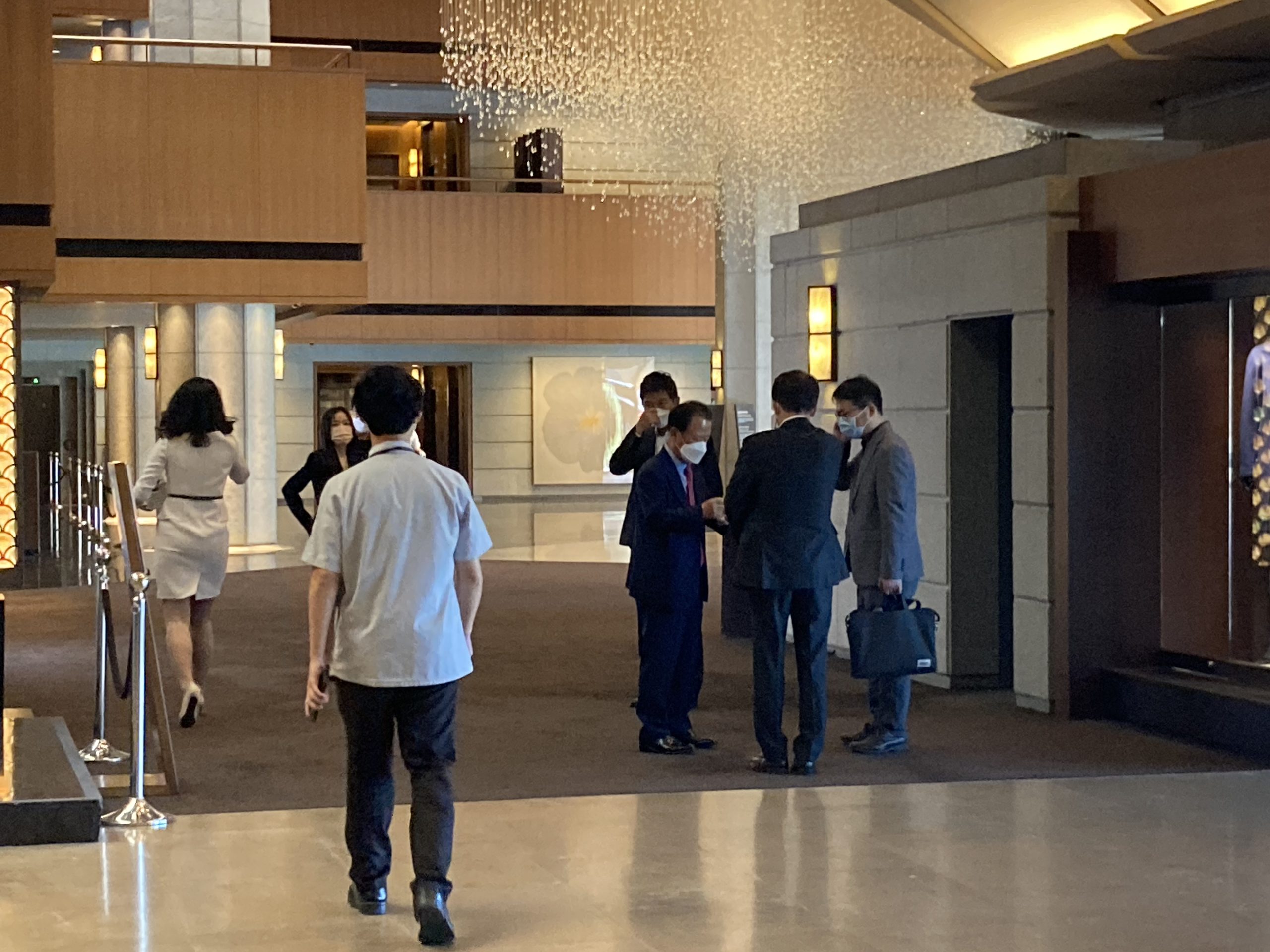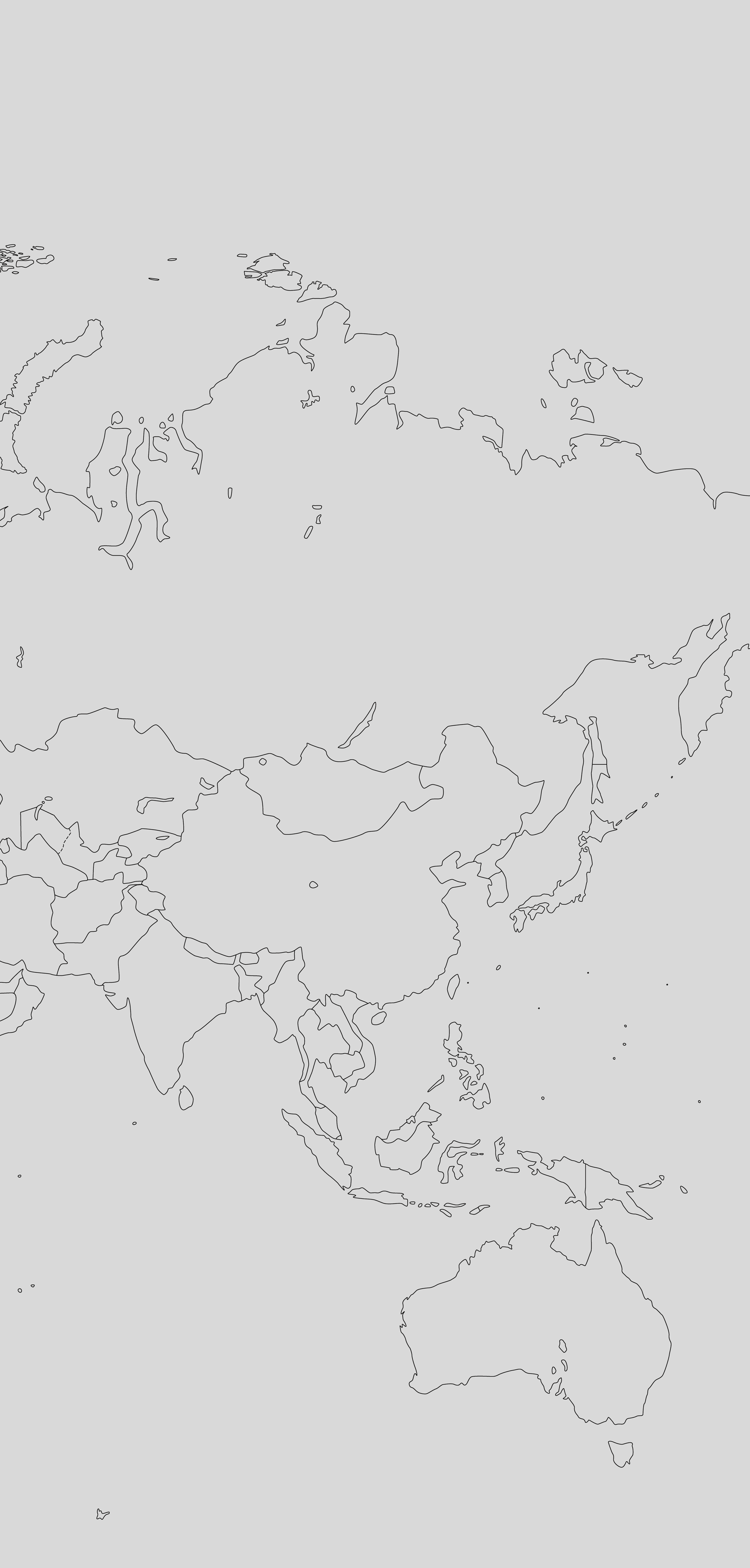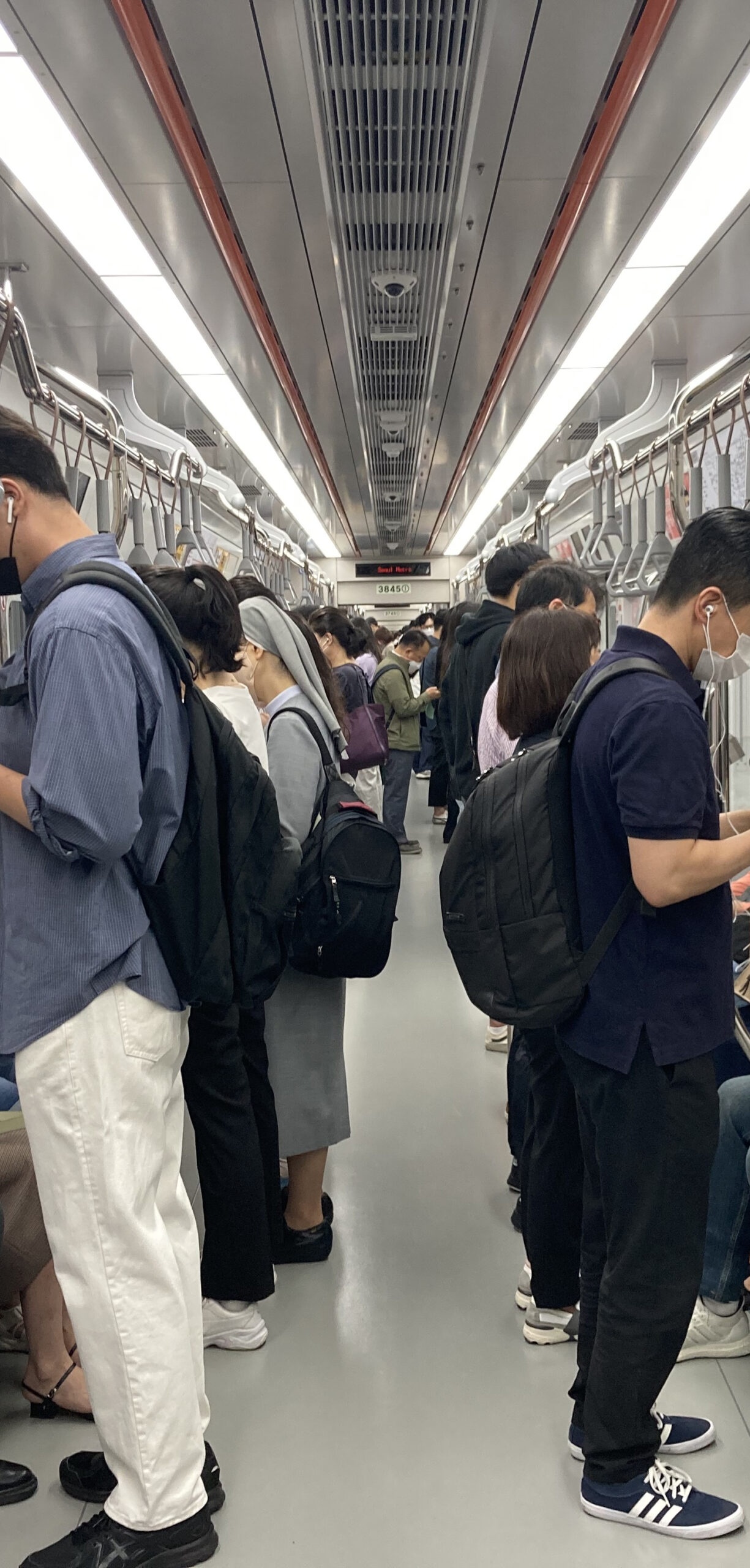
Six dancers in Japan, China, South Korea, and our behavior
Reality show to explore the establishment
The Beacivian Project is an experimental project that focuses on the "Furuma" that we are doing casually and explores the formation of the behavior and the future. From three countries in Japan, China, South Korea, two dancers, a body expression expert, were invited to a project, and he stayed in Tokyo/Beijing/Seoul with a total of six dancers. We will work on the behavior of people living in cities in various places such as shopping centers and office districts. Then, with the cooperation of various professionals related to behavior, such as historian, economist, designer, sociologist, etc., we will analyze the formation and future of the behavior, and distribute the activities as articles and documentary programs. And in February 2025, a new "Furumaai" that each dancer wanted to be like this was exhibited and performed as an exhibition/performance. This is a practical project that starts with such questions, working with companies and local governments, and conducts activities to redesign social behavior on their own.



We always think we are acting on our own, but we are actually unconsciously along in various rules in society. When you meet your first meeting, you bow a lot more than usual. When I talked to the superior in honorifics, the way of movement of the body itself is naturally poor. When you get on the train, your position is almost decided depending on the surrounding situation. Suddenly, there are times when I wonder why I am doing this. Especially when traveling abroad, I am surprised that there are various society, probably because of different common sense in society, no bowing, and different trains. I usually do my own in society. Why, when and when did I get like this?

Where did you come from?

How far can we do on our own?

Six dancers in Japan, China, South Korea, and our behavior
Reality show to explore the establishment
The Beacivian Project is an experimental project that focuses on the "Furuma" that we are doing casually and explores the formation of the behavior and the future. From three countries in Japan, China, South Korea, two dancers, a body expression expert, were invited to a project, and he stayed in Tokyo/Beijing/Seoul with a total of six dancers. We will work on the behavior of people living in cities in various places such as shopping centers and office districts. Then, with the cooperation of various professionals related to behavior, such as historian, economist, designer, sociologist, etc., we will analyze the formation and future of the behavior, and distribute the activities as articles and documentary programs. And in February 2025, a new "Furumaai" that each dancer wanted to be like this was exhibited and performed as an exhibition/performance. This is a practical project that starts with such questions, working with companies and local governments, and conducts activities to redesign social behavior on their own.